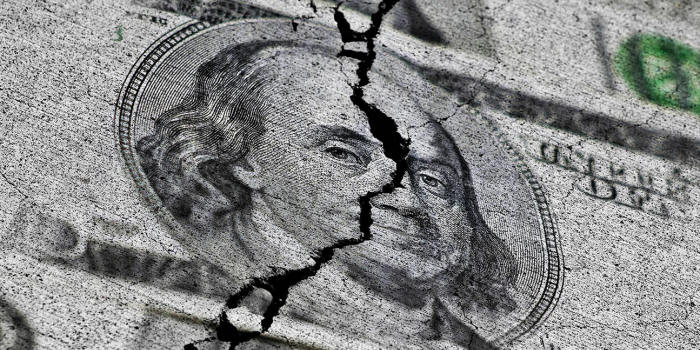|
by Gerard Lyons Chief economic strategist at NetWealth May 27, 2025 from NetWealth Website Information sent by MJGdeA
A slightly different version of this column by Gerard Lyons appeared in The Times on Tuesday, 27th May.
It looks at whether the US Dollar is losing its dominance and whether we are in the early stages of moving to a multi-polar currency system...
a gradual shift to a multi-polar currency system is starting to speed up...
Last Friday it fell to its weakest level since
December 2023 on its trade-weighted basis, as international
investors continued to come to terms with President
Trump's policies.
Dollar devaluation and dominance are not mutually exclusive goals but once you start to turn sentiment against your own currency you need to be careful.
Comparisons have been drawn with then, with references to,
Comparisons are false, as there is nothing co-ordinated
about present events.
As the US has a large trade deficit, the net effect is a weaker currency.
After a prolonged period of Dollar strength such
cyclical weakness may not be a surprise. This trend, however, looks
likely to continue given policy uncertainty.
The passage last week of President Trump's
tax-cutting budget means a steep
rise in the ratio of US debt to GDP. US Treasuries may be losing
their status as a risk-free asset, with borrowing yields rising.
Now there is concern that the US may no longer be
relied upon to fulfill this role.
One suggestion is,
Even so,
At the end of 2024 the Dollar accounted for 58 per cent of global foreign exchange reserves versus 65 per cent a decade ago.
This shift is likely to intensify given current events. Despite this, the Dollar may dominate as it faces a lack of alternatives. In terms of global payments by value, it has no peer.
Society for Worldwide Interbank Financial Telecommunication (Swift) data shows that the current share of global payments is:
This data overstates the euro's role because, excluding internal payments within the euro area, it is:
The pound falls to 4.9 per cent and the Yuan to
sixth place and 2.9 per cent.
China has successfully promoted the use of the
Yuan, albeit from low levels. Unlike the Dollar there is a
structural limitation to its use because it has a fixed capital
account and it is not freely floating.
In times of significant change, markets often
focus on managed or pegged currencies.
One key area is, firms across emerging markets.
In the past decade new trade corridors have
emerged across the global south with growing flows of goods,
services, capital, investment and people.
The more a country's trade is Dollar-invoiced, the more exposed it is to Dollar movements.
China, along with Hong Kong, Thailand, the UAE and Saudi Arabia, continues to develop the mBridge system for low-cost cross-border trade.
Meanwhile, Trump has signed an executive order to build a strategic bitcoin reserve and position the US as a digital asset leader.
Attention is turning to stablecoins and their
potential to support the Dollar's international role, especially by
facilitating trade without the need to access banks or the Swift
network.
Its dominance may take time to erode as there are no immediate challengers to supplant it but the likelihood is that we are in the early stages of moving to a multi-polar currency system.
|


